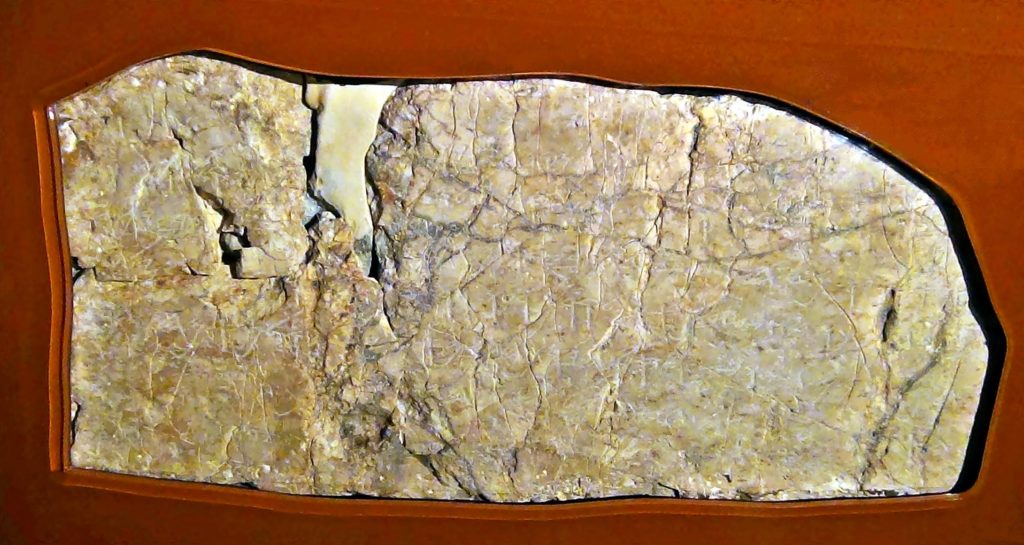Hezekiah’s Tunnel and the Siloam Inscription
And when Hezekiah saw that Sennacherib had come, and that his purpose was to make war against Jerusalem, he consulted with his leaders and commanders to stop the water from the springs which were outside the city; and they helped him… This same Hezekiah also stopped the water outlet of Upper Gihon, and brought the water by tunnel to the west side of the City of David (2 Chronicles 32:2-3, 30).
Image from inside Hezekiah’s Tunnel

The Siloam inscription is a passage of inscribed text found in Hezekiah’s Tunnel which brings water from the Gihon Spring to the Pool of Siloam. The inscription records the final stage of the tunnel mentioned in the books of Kings and Chronicles and has been dated to the 8th century B.C. during the reign of King Hezekiah (2Kin. 20; 2Chr. 32). This piece of granite was surreptitiously cut from the wall of the tunnel in 1891 and broken into fragments which were recovered through the efforts of the British Consul and now sit in the Istanbul Archaeology Museum. The inscription contains 6 lines, of which the first is damaged.

The translation of this text is as follows:
“… the tunnel … and this is the story of the tunnel while the axes were against each other and while three cubits were left to cut, the voice of a man called to his coworker, there was zada in the rock, on the right and on the day of the tunnel (being finished) the stonecutters struck each man towards his counterpart, ax against ax and flowed water from the source to the pool for 1200 cubits and 100 cubits was the height over the head of the stonecutters”